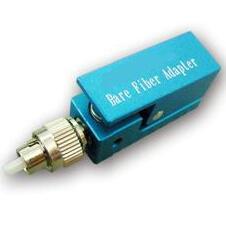100G QSFP28 Optical Transceiver Comparison
Nowadays, the trend for 100G Ethernet network is bullish and inevitable. Thus, the demands for 100G modules are becoming greater and greater that account for a relatively high proportion of network construction costs. Among various 100G optical transceivers that are capable of connecting 100G traffic, the 100G QSFP28 optical transceiver is the most preferred module for smaller size and lower power consumption. What are 100G QSFP28 optical transceivers? What are the differences between them? How do we choose 100G QSFP28 optics? Today, we will make a comprehensive comparison of 100G QSFP28 optical modules for you. What Is 100G QSFP28 Optical Transceiver? The 100G QSFP28 optical transceiver is designed for 100 Gigabit Ethernet, EDR InfiniBand, or 32G Fibre Channel. It generally has the exact same footprint and faceplate density as 40G QSFP+. Just as the 40G QSFP+ is implemented using four 10Gbps lanes, the 100G QSFP28 module is implemented with four channels of high-speed diffe




